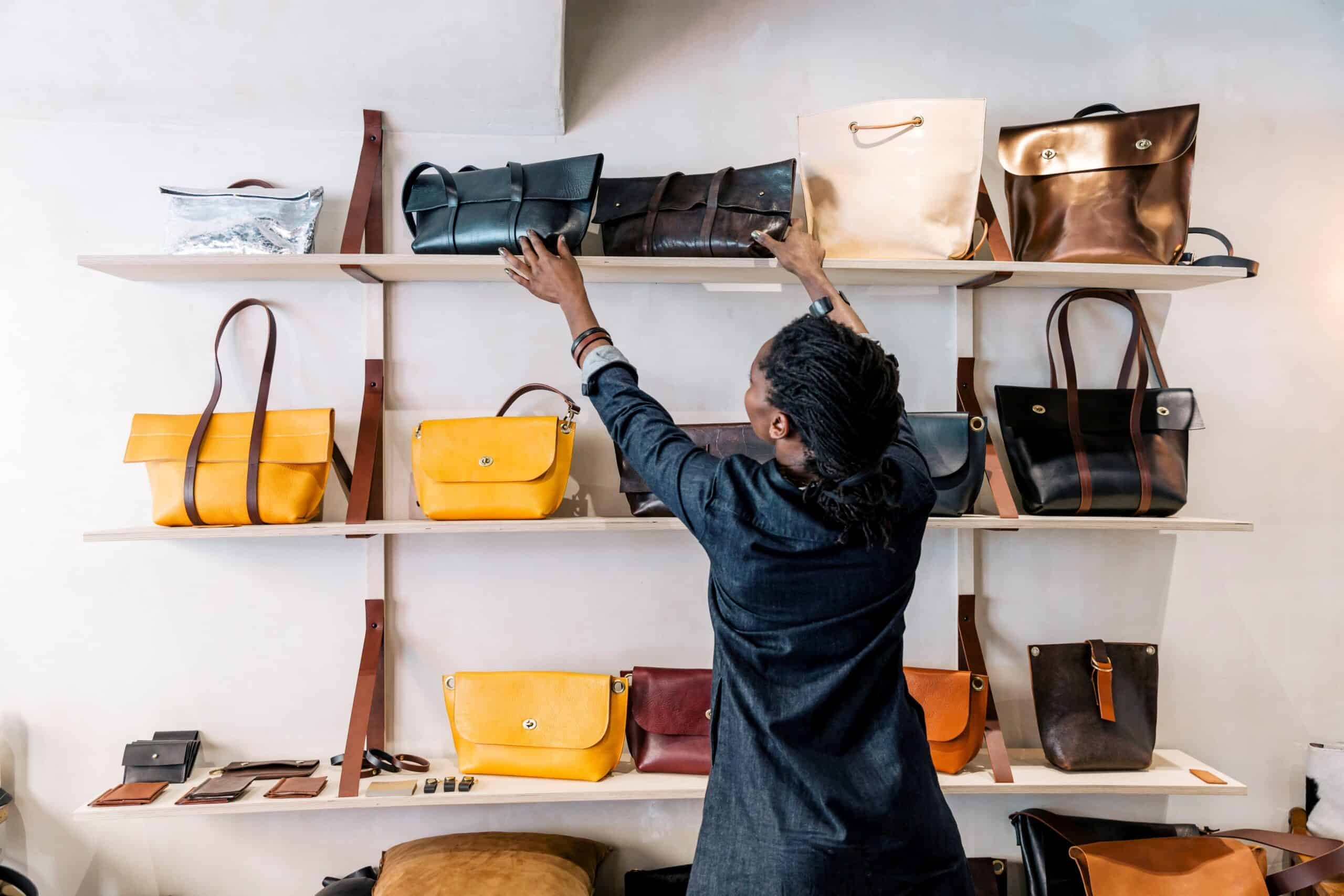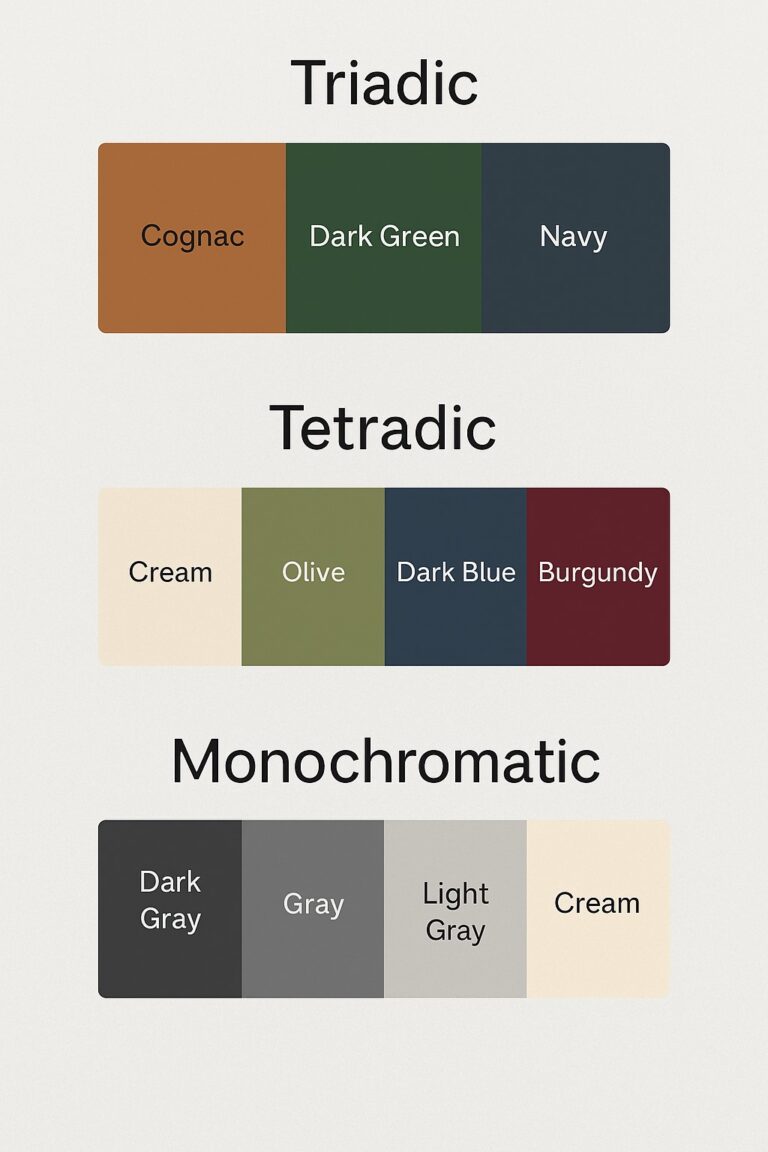Marketing Leather Goods: Lessons from the Bench
Understanding My Market
When I first started selling leather goods, I assumed everyone would be a potential customer. That illusion didn’t last long. I quickly learned that effective marketing starts with knowing exactly who you’re trying to reach. So I began paying closer attention to who was actually interested in my work. I talked to people at local farmers markets, community centers, and even struck up conversations at coffee shops with anyone who noticed the wallet or belt I had made. I started noticing patterns — younger professionals were drawn to minimalist wallets, while older buyers appreciated classic belts and journal covers. I also discovered that women, surprisingly, were often buying gifts for the men in their lives. This kind of organic market research cost me nothing but time and helped me stop wasting effort trying to pitch the wrong products to the wrong people. I kept a small notebook with notes on buyer behavior, preferences, and feedback. It didn’t take long before I was tailoring my products and messaging to specific groups, and sales began to reflect that shift. Understanding my market wasn’t just about demographics — it was about habits, values, and what people actually needed in their daily lives. That insight became my foundation for everything else.
One more thing I’ve learned over the years is this: don’t project your own income and lifestyle into your marketing assumptions. I used to price everything with my own wallet in mind, thinking, “Would I pay that much?” That was a mistake. There are people out there who value craftsmanship, who expect to pay more, and who will view low prices as a red flag. If you underprice your work, you’re not just hurting your margins — you’re signaling that your work isn’t worth much. I’ve come across leatherworkers who undercut their own talent because they were subconsciously marketing to people in their own economic bracket. It’s important to break out of that mindset. Think above your own station. There are customers with much different budgets and expectations, and they are looking for quality — not just bargains. Don’t fence yourself out of premium markets just because you’re used to shopping on a tight budget. That shift in thinking changed my pricing strategy, my confidence, and ultimately, my sales.
And here’s another tip: don’t waste energy trying to compete with big-box country stores on price. Instead, beat them on quality. Use premium leather, top-grade hardware, and tell people about it — on your flyers, cards, and even in person. I once printed up a magnetic sign that read “Top Quality Custom Leathergoods” and stuck it on my truck. I’d park in visible areas when I was doing errands around town. It sounds small, but it worked — people noticed it, and it started conversations. That kind of local advertising is free, easy, and effective.
Being My Own Billboard
Wearing my own work might have felt a little self-promotional at first, but it turned out to be one of the easiest and most effective ways to market my leather goods. I started with belts and wallets — practical items I would have carried anyway — and soon realized how often they started conversations. At the grocery store checkout, a clerk asked about my wallet. At a family gathering, an uncle wanted to know where I’d bought my belt. These small moments became casual marketing opportunities. I wasn’t giving a pitch — I was just explaining what I did, and it felt natural. I made sure to always carry a few business cards or small postcards with me so I could hand them out when someone showed genuine interest. Eventually, I even began making special “demo” versions of products designed to be slightly more attention-grabbing, with visible tooling or hand-dyed accents. Those got more questions, which led to more conversations — and more sales. I also began thinking of how I dressed for events or markets, always wearing at least one standout leather item that people would notice. In time, my wardrobe doubled as a portfolio. Being your own billboard isn’t about bragging — it’s about being accessible and visible in a subtle but intentional way.
Demonstrating Craftsmanship
Setting up a working bench at local markets became one of the most engaging ways I connected with potential customers. The idea came from another vendor I met who carved wood on-site and always had a crowd. I decided to do the same with leather. I reached out to local market organizers and asked if they allowed live demonstrations — most of them were thrilled at the idea. Some even offered discounted booth fees if I promised to add an “interactive” element to my stall. On average, booth fees ranged from $25 to $60 for a weekend spot, depending on the location and expected foot traffic. I brought a small set of tools — swivel knife, mallet, a few stamps — and kept a few scrap pieces of leather on hand to work on casually during the day. It was important not to look too busy; I learned to make eye contact and pause my work often to chat with people. Kids especially loved watching, and that often led to their parents stopping for a longer chat. I even had a few people return later in the day because they “wanted to see how the piece turned out.” Demonstrating on-site did more than entertain — it educated people about the value behind the price tag. It showed them that every piece I sold wasn’t just a product, but a result of hours of practiced skill. That emotional connection helped convert on-the-fence browsers into confident buyers.
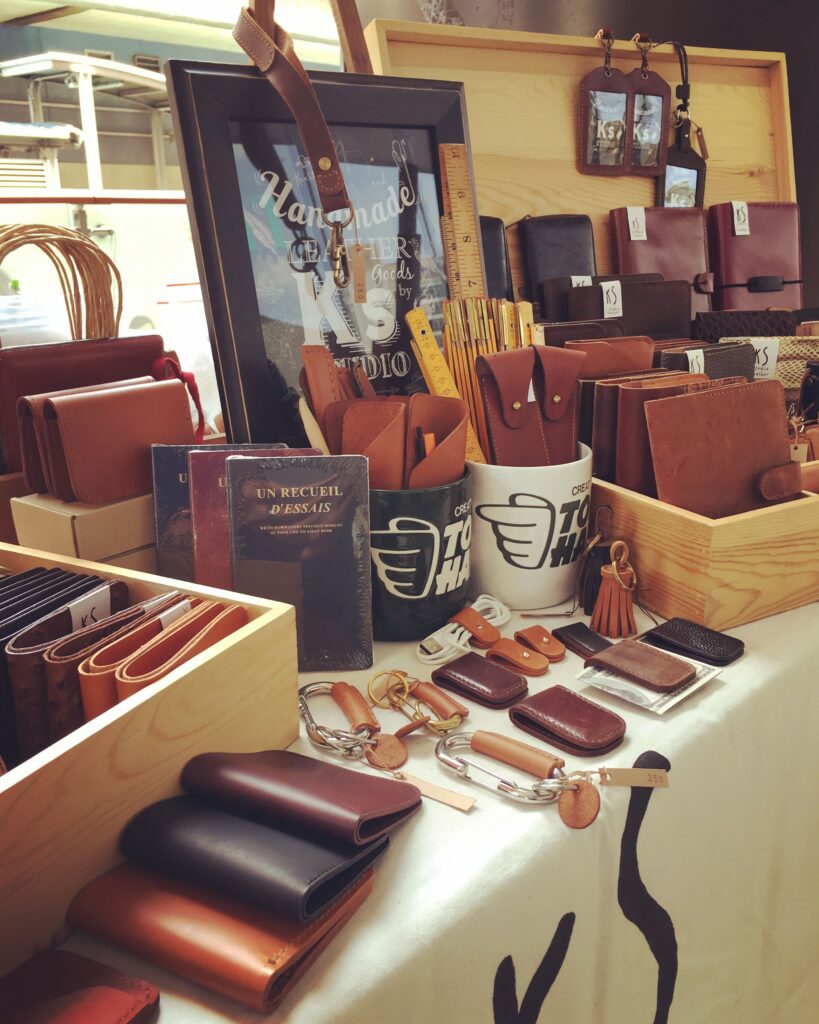
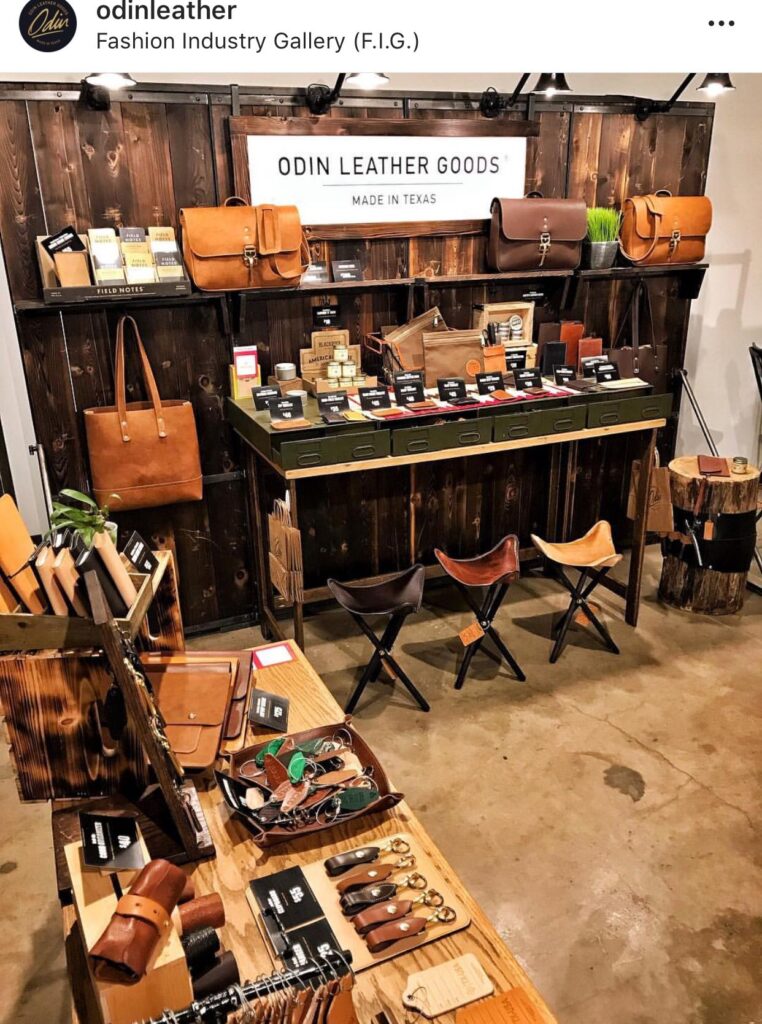
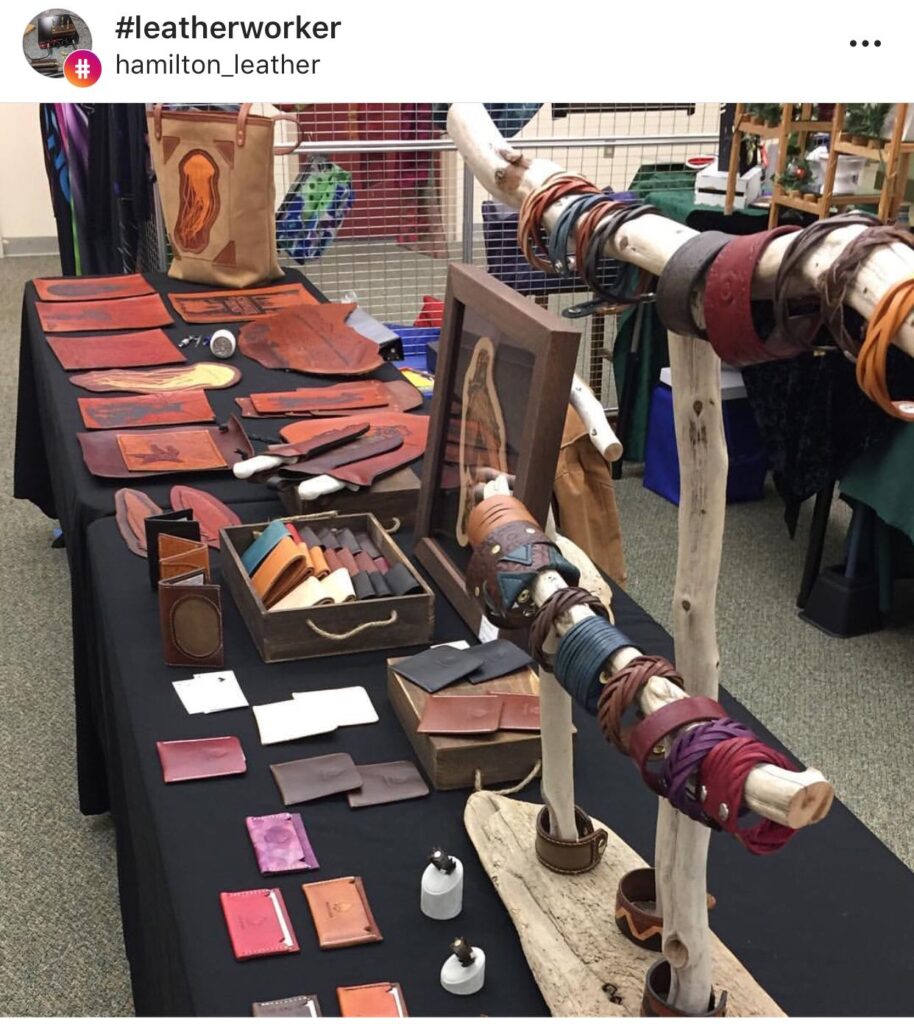
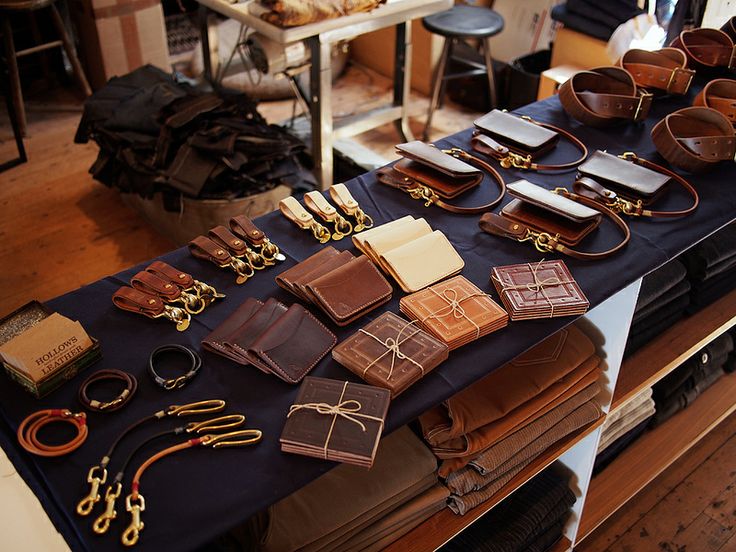
Capturing Quality Imagery
I underestimated how crucial good photos would be for my leather business. At first, I took all my photos on my phone under warm kitchen lighting — and it showed. The leather looked flat, the colors were off, and the stitching details were invisible. It wasn’t until a friend with a photography background offered to help that I saw the difference. We set up a few simple shoots using natural light, a clean wood table, and a few props to hint at lifestyle context. Suddenly my products looked premium. I invested in a lightbox and a basic DSLR camera soon after. Learning to take better photos also helped me see my own work more critically. I could spot crooked stitch lines or uneven dye jobs that were easy to miss otherwise. These photos became essential not just for Etsy listings or Instagram posts, but also for business cards, postcards, and printed brochures. I kept a growing library of product images organized by category and use case, so I could quickly send samples to customers who inquired via email or social. Over time, I even developed a recognizable photo style — wood backgrounds, soft shadows, natural tones — which helped build visual consistency for my brand. If you can’t afford professional photos yet, borrow a camera and find a photographer friend. You’ll be amazed what a difference it makes.
Creating Informative Materials
Physical marketing materials felt old-school at first, but they turned out to be one of the best investments I made early on. I used Canva to design postcards that featured my products, contact info, and a short message about my handmade process. I printed small batches through an online service so I could test different styles. People were surprisingly receptive — even at events where they didn’t buy anything, they’d often take a card or flyer to “think about it” or “check out the website later.” Some of those later turned into online orders. I also started including postcards in every sale, with a QR code linking back to my site or Instagram. At some events, I created simple tri-fold brochures explaining the tools I used, how long projects take, and what makes leathercraft unique. These helped me stand out in markets full of mass-produced goods. I kept my designs clean, my copy friendly, and made sure everything had a consistent logo and color scheme. Eventually I made small tabletop signs and price tags using the same visuals so my entire booth looked cohesive. These small touches added a level of professionalism that customers appreciated. They made it easier for people to trust my brand, especially when I was still relatively unknown. Don’t overlook the power of paper — it sticks around longer than you think.
Here is an example one might like to use https://thehungryjpeg.com/product/4360220-leather-wallet-catalog-bifold-brochure
